Infinity Energy-Organisation


ECO4 Grants for Low-Income Families in 2025

Infinity Energy-Organisation

How to Size Your Air Source Heat Pump for a London Property

Infinity Energy-Organisation

How Much Does It Cost to Install an Air Source Heat Pump in London?

Infinity Energy-Organisation

Health Risks of Poor Wall Insulation

Infinity Energy-Organisation
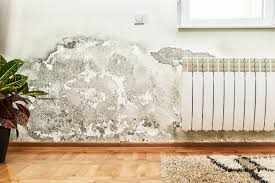

7 Wall Insulation Hacks for Maximum Savings
When it comes to making your home more energy-efficient and reducing your utility bills, wall insulation is one of the most effective investments you can make. Proper insulation helps maintain a consistent indoor temperature, reduces the strain on heating and cooling systems, and ultimately saves you money. But getting the most out of your wall insulation doesn’t have to mean a costly, complicated overhaul. With the right hacks, you can maximize savings and comfort with smart, practical solutions.

Infinity Energy-Organisation
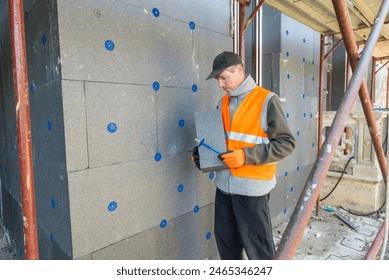

Building Physics: How Wall Insulation Works
In the world of construction and building design, energy efficiency is no longer a luxury — it's a necessity. One of the key components that determines the energy performance and comfort of a building is wall insulation. Often hidden behind drywall or exterior cladding, wall insulation plays a crucial role in maintaining a stable indoor environment, reducing energy consumption, and contributing to overall building physics.

Infinity Energy-Organisation


Internal vs External Wall Insulation: What’s the Difference?
When it comes to improving energy efficiency in homes and buildings, wall insulation plays a crucial role. In fact, uninsulated walls can be one of the biggest sources of heat loss. If your property has solid walls — as opposed to cavity walls — then you’re likely considering two main options for insulation: internal wall insulation (IWI) and external wall insulation (EWI). Each approach has its own set of advantages, disadvantages, and suitability depending on the building’s structure, use, and aesthetic requirements. In this blog, we’ll explore the key differences between internal and external wall insulation to help you make an informed decision.

Infinity Energy-Organisation
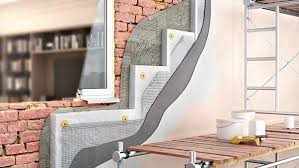

How Wall Insulation Helps Reduce Energy Bills
In today’s world, the importance of energy efficiency cannot be overstated. As energy prices rise, homeowners are increasingly looking for ways to reduce their utility bills while maintaining comfort in their homes. One of the most effective ways to achieve this is through proper wall insulation. By keeping the temperature inside your home regulated and reducing heat loss, wall insulation plays a key role in lowering energy costs. But how exactly does it work? In this blog, we’ll explore the various ways wall insulation helps in reducing energy bills, ensuring that you get the best value for your investment.

Infinity Energy-Organisation
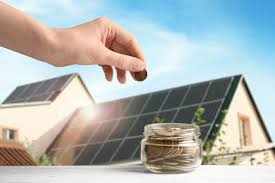

How to Read a Solar Panel Installation Quote
Investing in solar panels is a smart move for homeowners and businesses aiming to reduce energy bills and contribute to a more sustainable future. However, the journey to solar energy often begins with something that can seem a bit intimidating: the installation quote. Understanding this quote is crucial to making an informed decision and ensuring you get the best value for your investment.

Infinity Energy-Organisation


Solar Panel Installation Before the Energy Price Hike
With energy prices expected to climb steadily over the coming years, more homeowners and businesses are exploring ways to cut costs and become less dependent on traditional utility companies. One of the most effective and increasingly popular solutions is the installation of solar panels. Investing in solar energy now, before the next big energy price hike, is not just an environmentally conscious decision—it’s a financially strategic one.

Infinity Energy-Organisation
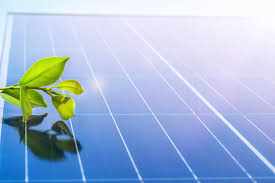

Environmental Benefits of Switching to Solar
As the world grapples with climate change, resource depletion, and increasing pollution levels, the push for clean and sustainable energy solutions has never been more urgent. Among these solutions, solar energy stands out as one of the most promising. By harnessing the sun's power, solar energy offers a clean, renewable alternative to fossil fuels, and switching to solar has numerous environmental benefits that can significantly impact the planet's future.

Infinity Energy-Organisation

Why Every UK Home Should Consider Solar Panel Installation
Solar panels help you generate your own electricity, significantly cutting down your reliance on energy providers. With energy prices continuing to rise in the UK, producing your own power can lead to major savings over time.

Infinity Energy-Organisation